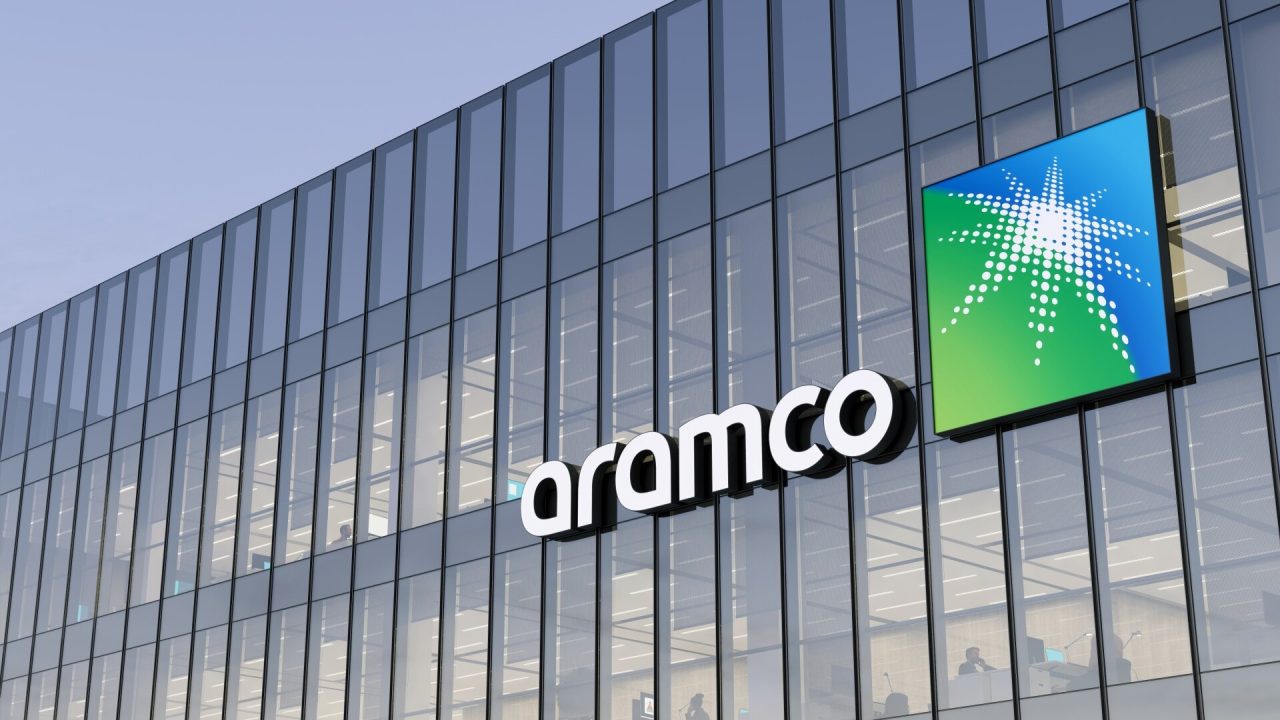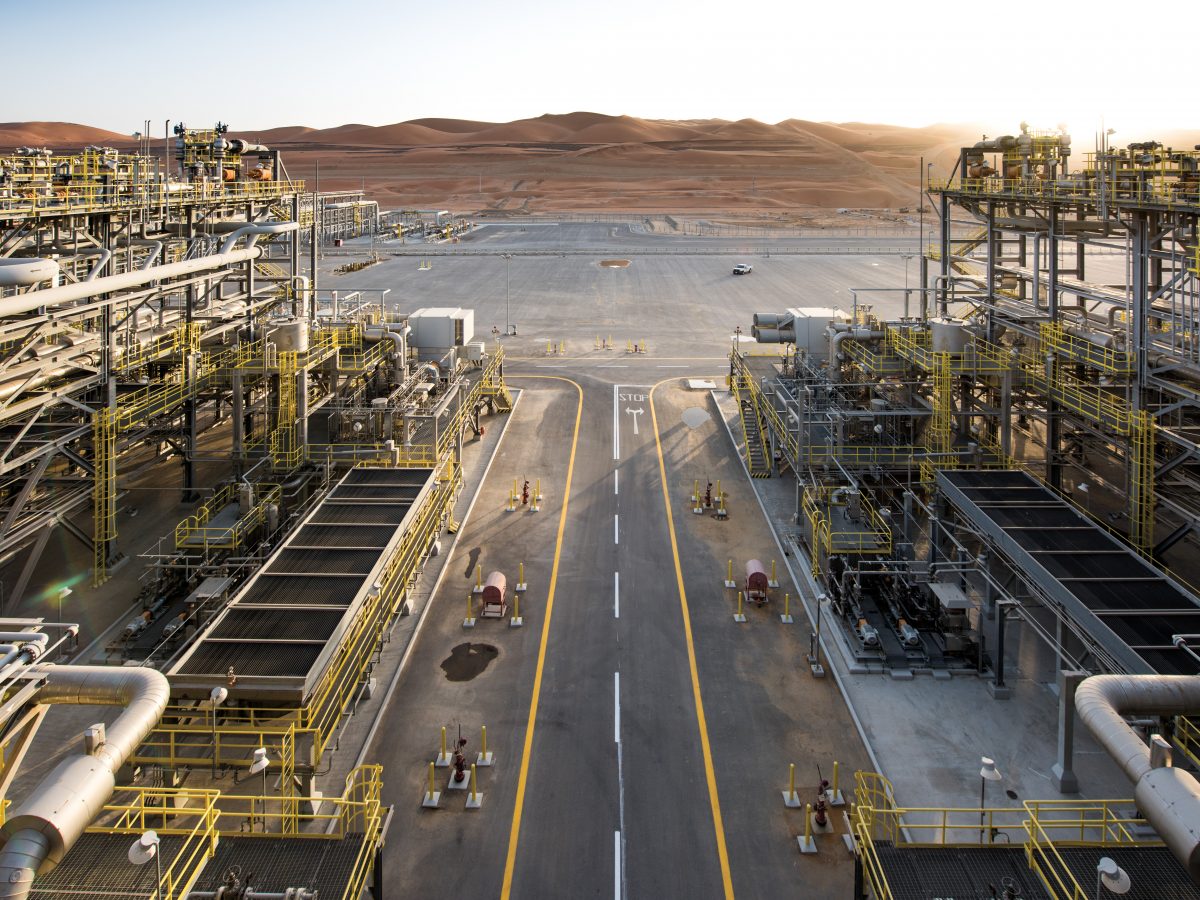Saudi Arabia’s state oil giant Aramco disclosed a 25% dip in profit, reporting $121.3 billion for 2023, a decline from the $161.1 billion recorded in 2022. Despite facing “economic headwinds,” Aramco bolstered its dividend payout significantly.
The company upped its base dividend by 4% to $20.3 billion for the fourth quarter and raised its performance-linked dividend by 9% to $10.8 billion. This move resulted in a whopping $31 billion payout to the Saudi government and Aramco stakeholders.
Despite the profit decline, Aramco still secured its second-highest net income on record, outperforming its major global counterparts by a considerable margin.
Aramco attributed the year-on-year profit decrease to various factors, including lower crude oil prices and volumes sold, as well as diminished refining and chemicals margins. However, this was partially offset by decreased production royalties, along with lower income taxes and zakat.
The company’s total revenue also saw a decline, dropping 17% to $440.88 billion from $535.19 billion in the previous year. Additionally, free cash flow decreased to $101.2 billion in 2023 compared to $148.5 billion in 2022.

Reflecting on the challenging year, Aramco CEO Amin Nasser remarked during the earnings call, “It was a year that saw global oil demand reach record levels despite geopolitical volatility, economic headwinds, and inflationary pressures.”
Nasser expressed optimism about the global oil market, foreseeing it to remain robust with an expected growth of about 1.5 million barrels. Last week, Saudi Arabia led OPEC+ countries in extending voluntary oil output cuts until the end of June.
Following the recent transfer of an additional 8% of Aramco shares, valued at $164 billion, to Saudi Arabia’s Public Investment Fund (PIF), the company’s earnings are under scrutiny. Notably, Yasir Al-Rumayyan holds dual roles as the chairman of Aramco’s Board of Directors and the governor of PIF.
This transfer marks one of the most substantial transactions Aramco has undertaken since its listing and positions PIF to benefit from Aramco’s robust dividend policy.
In 2023, Aramco disbursed $97.8 billion in dividends, marking a 30% increase from 2022. The projected performance-linked dividend for 2024 alone is expected to reach $43.1 billion.
Addressing inquiries during the earnings call, Aramco’s Chief Financial Officer Ziad Al-Murshed emphasized, “The share transfer doesn’t change anything. We’re financially sound, and there’s no necessity for us to issue new equity.” This response comes amidst speculation about potential secondary or additional public share offerings.
With the recent addition of an 8% stake in Aramco, the Public Investment Fund (PIF) has strengthened its position in the company. PIF, which already owned 4% of Aramco, also controls Sanabil, a financial investment firm holding an additional 4% stake in Aramco.

This consolidated 16% ownership in Aramco, valued at approximately $328 billion, bolsters PIF’s financial standing and enhances its capacity to deploy capital for investments on behalf of the Saudi state. This move aligns with Saudi Arabia’s strategy of diversifying its economy away from oil.
Furthermore, this increased stake in Aramco brings PIF closer to its end-2025 target of managing $1 trillion in assets.
In light of these developments, Aramco has announced a halt to its plans to raise oil production capacity from 12 million barrels per day to 13 million barrels per day. This decision is expected to reduce capital investment by around $40 billion between 2024 and 2028.
Aramco CEO Amin Nasser remarked, “The recent directive from the government to maintain our Maximum Sustainable Capacity at 12 million barrels per day provides increased flexibility, as well as an opportunity to focus on increasing gas production and growing our liquids-to-chemicals business.”
In 2023, Aramco’s average hydrocarbon production stood at 12.8 million barrels of oil equivalent per day, including 10.7 million barrels per day of total liquids.
Looking ahead, Aramco aims to ramp up investments in gas and gas infrastructure. The company has set a target to increase gas production by over 60% by 2030 compared to 2021 levels.
Among its flagship gas projects is the Jafurah project, considered the largest gas development in the Middle East, with an estimated 200 trillion standard cubic feet of natural gas.


